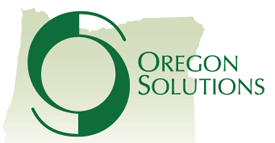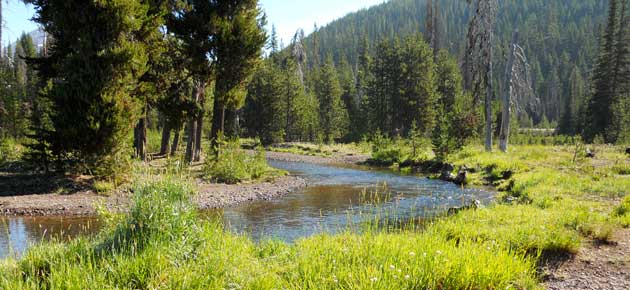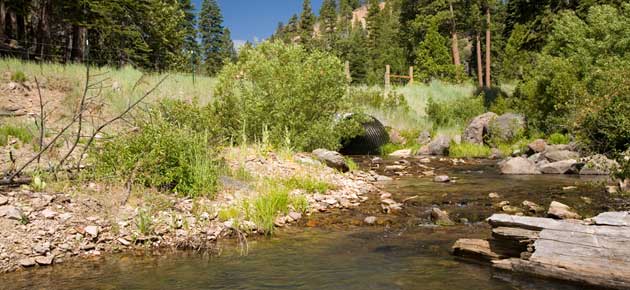Since 2008, the purpose of the FFWG (formerly the FFAC Implementation Working Group) has been to pursue implementation of the Board of Forestry’s recommendations on how to accomplish more management on federal lands in partnership with the state. These recommendations appear in the Board’s 2009 report, “Achieving Oregon’s Vision for Federal Forestlands.”
Beginning with the 2015-17 biennium, the intent of the Oregon Legislature and the Oregon Department of Forestry is to expand the implementation efforts statewide.
______________________________________________
Highlighted Resources
Dashboard – The FFWG has published the 2017 Federal Forest Dashboard highlighting forest management and restoration in six federal forests in eastern Oregon. The dashboard gauges were updated in 2018 to include nine years of data. See this PowerPoint presentation (PDF) for the updated gauges.
Learn more about forest collaboratives at the Oregon Explorer website.
______________________________________________
Meeting Materials and Background
______________________________________________
Read the FFWG Declaration of Cooperation (PDF)
______________________________________________
Purpose and Vision Statement
The purposes of the FFWG are to:
- Advance collaboratively-driven landscape-scale, active restoration of federal forest lands throughout Oregon;
- Identify and remove policy and financial barriers; and
- Promote innovative solutions to restoration of forest and watershed health.
We will:
- Provide a forum for collaborative groups, federal and state agencies, counties, tribes, and interest groups to raise and solve barriers to accelerated restoration on federal lands (Forest Service and BLM);
- Support and contribute to maintaining and growing our innovative Federal-State Partnership that demonstrates new governance structures and ways of doing business together;
- Discuss and foster implementation of new and emerging governance structures that provide for meaningful involvement of community and collaborative leadership, including identifying the resources and conditions necessary to implement these collaborative structures;
- Articulate the need for a consistent supply of timber offered through restoration and forest management that is collaboratively supported; and,
- Work together to identify and secure increased, consistent, and/or diverse funding of collaborative approaches and implementation of landscape scale restoration projects.
These activities will restore forests, help sustain communities by creating jobs and maintaining forest-sector infrastructure, and enhance Oregon’s energy independence.
Video: Federal Forestland in Oregon:
Video: Forest Collaboratives – Restoring Oregon’s Dry Side
Video: Why Collaboration Can Sometimes Be Unproductive – but Doesn’t Have to Be



